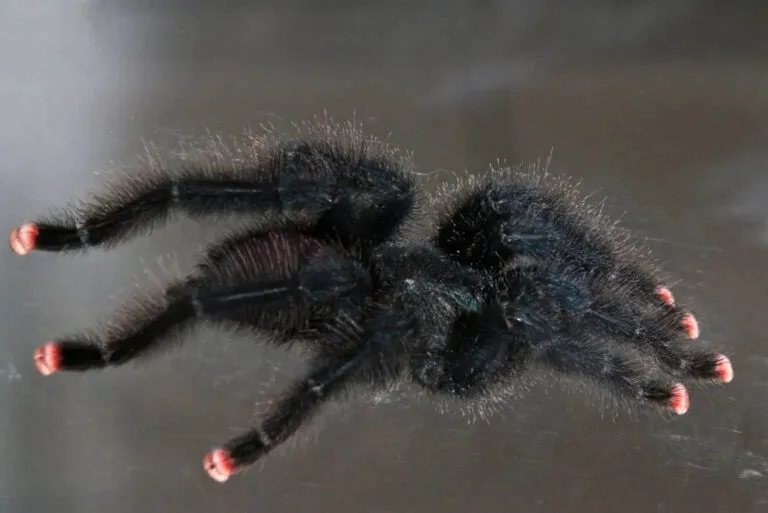The Pink Toe Tarantula Overview
The Pink Toe Tarantula, scientifically known as Avicularia avicularia, is a fascinating and popular species among arachnid enthusiasts. Known for its distinctive pink toe pads and arboreal lifestyle, this tarantula has captured the interest of many. But how dangerous are they? One of the most common questions is, “Can a pink toe tarantula kill you?” This article will delve into the specifics, providing a comprehensive overview of these creatures, their bites, and the potential risks involved. Understanding the realities of pink toe tarantulas is crucial for anyone considering owning one or simply curious about these captivating spiders.
What is a Pink Toe Tarantula?
Pink Toe Tarantulas are a species of tarantula native to the rainforests of South America, including countries like Brazil, Guyana, and French Guiana. These spiders are characterized by their arboreal lifestyle, meaning they primarily live in trees. Their vibrant pink toe pads provide excellent grip, allowing them to navigate vertical surfaces with ease. They are relatively docile compared to some other tarantula species, making them a popular choice for beginners. The Pink Toe Tarantula’s striking appearance and relatively gentle nature contribute to its popularity as a pet, but it is essential to understand the potential risks associated with owning any tarantula.
Pink Toe Tarantula Habitat and Appearance
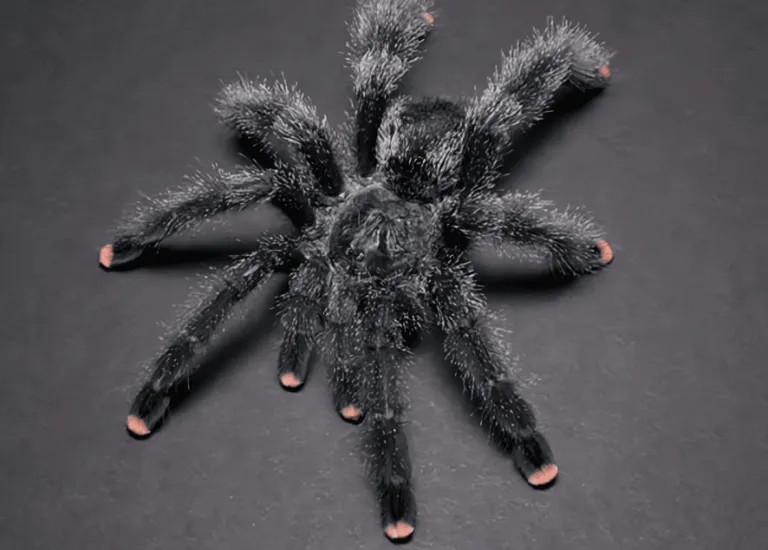
In their natural habitat, Pink Toe Tarantulas thrive in humid rainforest environments. They construct silken nests in trees, often choosing spots near the canopy. Their appearance is as striking as their behavior is intriguing. The adults typically have a dark body, with the defining feature being the pink coloration on the tips of their legs. These vibrant pink toes are not only visually appealing but also serve a functional purpose, aiding in climbing and maneuvering through their arboreal homes. Understanding their habitat helps to understand how best to care for them in captivity, replicating the conditions they are accustomed to for their health and well-being.
Pink Toe Tarantula Behavior and Temperament
Pink Toe Tarantulas are generally considered to be a docile species. They are not typically aggressive and prefer to flee rather than bite when threatened. However, like all tarantulas, they can bite if they feel cornered or provoked. Their temperament makes them a manageable choice for beginner tarantula keepers. They are also known for their defensive behavior, which includes flicking urticating hairs, which can cause skin irritation. Being aware of their behavior is crucial for safe handling and interaction. Furthermore, Pink Toe Tarantulas are nocturnal hunters, typically active during the night, and spend most of their time in their silken nests.
Pink Toe Tarantula Bite Details
While the question “Can a pink toe tarantula kill you?” is often asked, the reality of their bites is complex. Understanding the specifics of a Pink Toe Tarantula bite, including what happens when a bite occurs, the composition of their venom, and the severity of the bite, is crucial for setting accurate expectations. Their bite is generally not considered life-threatening to humans, but it can cause discomfort and various localized symptoms. Knowledge of these details enables responsible pet ownership and helps to manage any potential risks effectively.
What Happens When a Pink Toe Tarantula Bites?
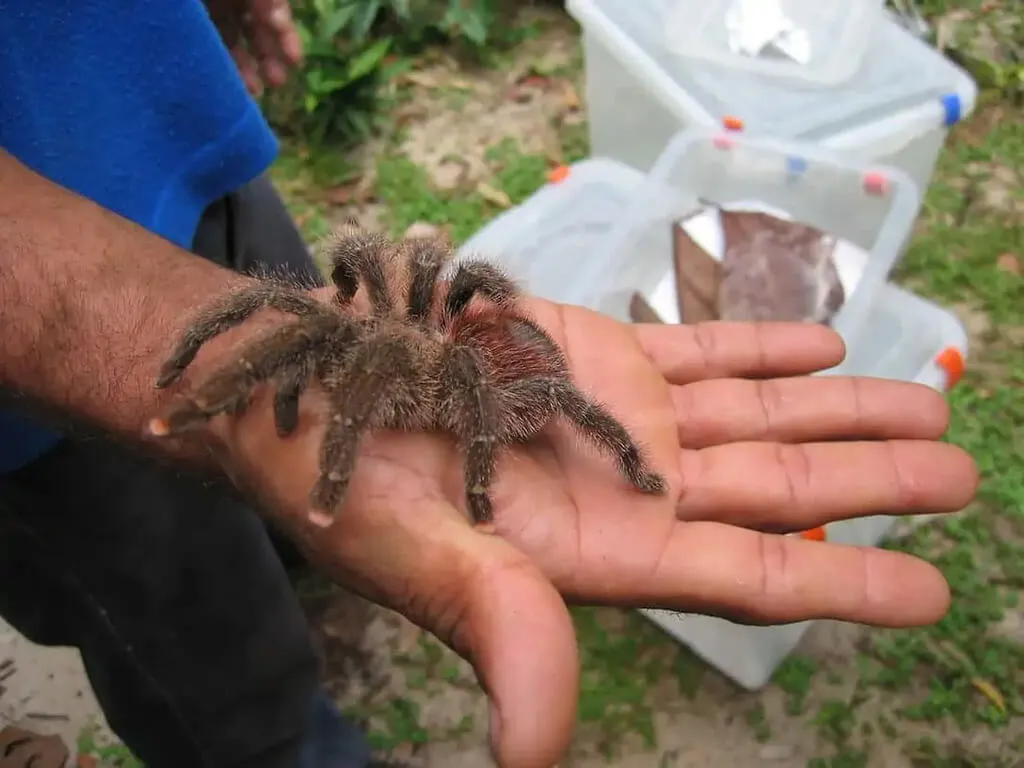
When a Pink Toe Tarantula bites, the venom is injected through their fangs. The bite itself may feel like a sharp pinch, and the reaction varies depending on the individual. Their bite is not generally life-threatening, but it can cause a variety of symptoms. Typically, the bitten area will experience localized pain and swelling. It’s important to note that the severity can depend on the size of the tarantula, the amount of venom injected, and the individual’s sensitivity. If bitten, it’s essential to stay calm, wash the area, and monitor for any more serious symptoms. Seeking medical advice is always a good idea.
The Venom Composition of Pink Toe Tarantulas
The venom of a Pink Toe Tarantula is primarily composed of proteins and enzymes. The specific composition of the venom varies between individuals and also depends on the tarantula’s age and diet. The venom is designed to immobilize prey, such as insects, rather than to cause significant harm to larger animals like humans. The proteins in the venom can cause localized reactions, such as pain, swelling, and itching. The impact of the venom is far less severe compared to some other spider species. Research on tarantula venom is ongoing, and new discoveries are continuously being made about the specific compounds and their effects.
Symptoms of a Pink Toe Tarantula Bite
The symptoms following a Pink Toe Tarantula bite are typically localized. These symptoms include immediate pain and swelling around the bite area. Other common symptoms are redness, itching, and sometimes muscle cramps. In rare cases, individuals may experience more severe symptoms such as nausea, dizziness, or headaches. It’s important to keep an eye on the bitten area, and the person’s general condition and seek medical attention if symptoms worsen. The experience is usually unpleasant but is not typically life-threatening. However, every individual reacts differently, and it’s essential to remain vigilant.
Severity of a Pink Toe Tarantula Bite
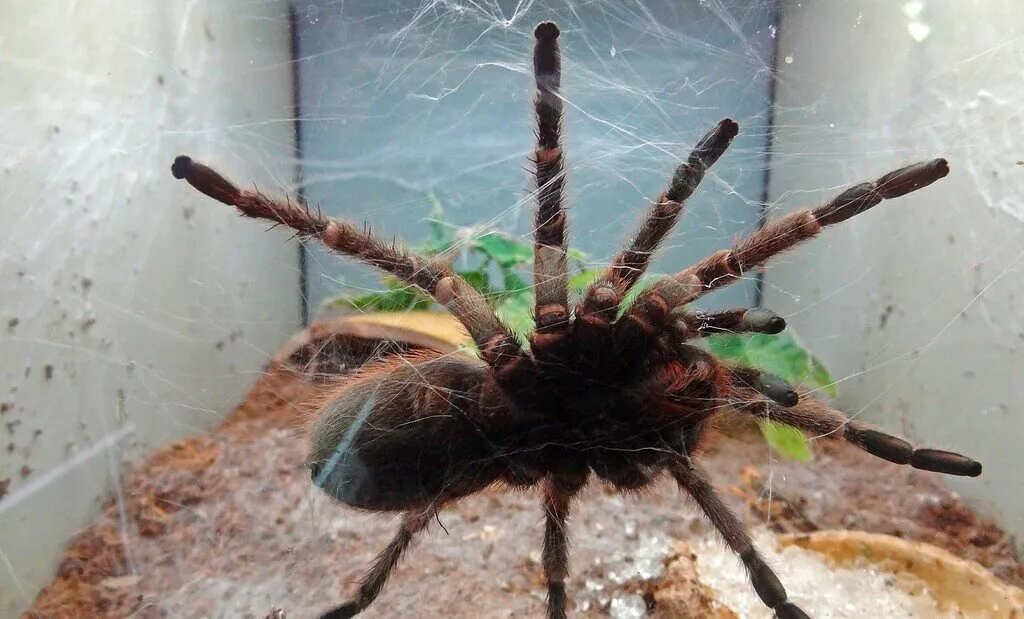
The severity of a Pink Toe Tarantula bite is generally considered to be mild to moderate. The bite is rarely fatal. The main concerns are the localized symptoms such as pain and swelling. Compared to the bites of some other venomous creatures, like certain snakes or scorpions, the danger is significantly less. However, individual reactions can vary. People with allergies or sensitivities may experience more severe reactions. The size of the tarantula and the amount of venom injected may also play a part in the severity. While the bite is rarely life-threatening, it is still important to take precautions and monitor the situation.
Is a Pink Toe Tarantula Bite Fatal?
The good news is that a Pink Toe Tarantula bite is extremely unlikely to be fatal. The venom is not potent enough to cause death in humans. Though the bite can cause some discomfort and unpleasant symptoms, death is not a typical outcome. It is important to separate the facts from the myths. Many sources may exaggerate the dangers associated with tarantulas. The reality is that, while a bite should be taken seriously, it doesn’t pose a significant risk to one’s life. Always seek medical advice and monitor symptoms to be on the safe side.
Mortality Rate of Pink Toe Tarantula Bites
The mortality rate associated with Pink Toe Tarantula bites is essentially zero. There are no documented cases of human fatalities directly caused by the venom of this tarantula species. It’s essential to rely on scientific evidence and documented cases when assessing the risks associated with animal bites. The lack of fatalities highlights the relatively low danger of their venom. While other health complications may be a concern, such as secondary infections or allergic reactions, the bite itself is not a significant risk factor for mortality. Therefore, owners and enthusiasts alike can rest assured.
Factors Influencing Bite Severity
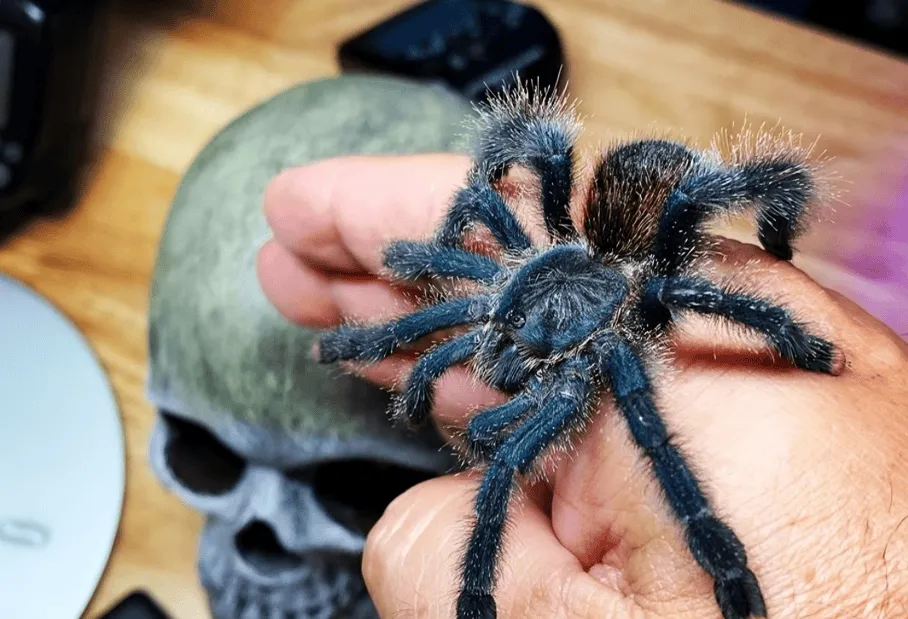
Several factors can influence the severity of a Pink Toe Tarantula bite. These include the individual’s sensitivity to the venom, the size of the tarantula (larger tarantulas may inject more venom), and any underlying health conditions. A person’s allergic response is another key factor. Also, the location of the bite and the depth of the fangs’ penetration can affect the degree of discomfort. It is also important to note that secondary infections resulting from improper care of the wound may also worsen the effects. Knowing these factors helps to manage and address the consequences of the bite correctly.
What to Do If Bitten by a Pink Toe Tarantula
If you are bitten by a Pink Toe Tarantula, it’s essential to take immediate action. Staying calm is key, as panic can worsen any physical reactions. The primary goal is to minimize discomfort and prevent complications. The following steps will help ensure a safe and swift recovery. These steps should be taken seriously and the person should remain calm throughout the process. Prompt response is extremely important for the best outcome.
Immediate First Aid Steps
The initial response should focus on cleaning the wound and mitigating pain. Wash the bite area gently with soap and water. Apply a cold compress to the affected area to reduce swelling and pain. Elevate the bitten limb if possible. Keep the area clean to prevent infection. Monitor for any signs of an allergic reaction, such as difficulty breathing, swelling of the face or throat, or severe itching. If any of these signs appear, seek medical attention immediately. A clean, calm, and monitored approach will reduce the severity of the effects and help to ensure a quicker recovery.
When to Seek Medical Attention
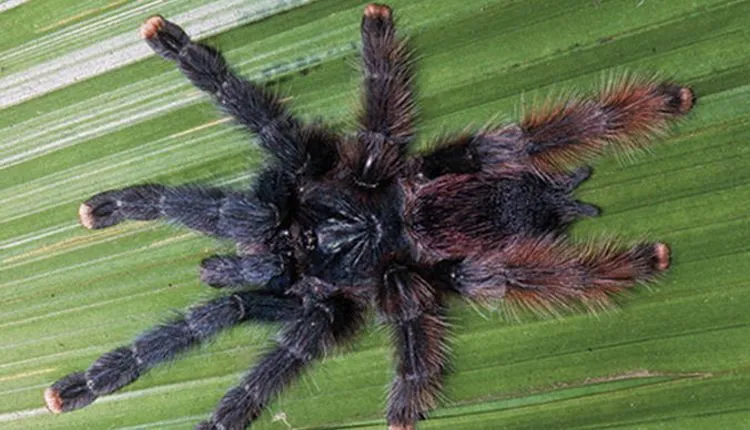
While a Pink Toe Tarantula bite is generally not life-threatening, it is crucial to know when to seek medical help. Consult a doctor if the symptoms worsen significantly, such as increased pain, severe swelling, or signs of infection. If the person experiences any allergic reaction symptoms, like difficulty breathing or swelling of the face, seek medical assistance immediately. If the bite occurs near the eyes or mouth, medical attention is also recommended. Any time you have concerns about the bite, consulting a medical professional is always the safest course of action.
Long-Term Effects and Recovery
The long-term effects of a Pink Toe Tarantula bite are generally minimal. Most people fully recover within a few days. The main concerns are usually related to localized symptoms such as pain and swelling. After the initial discomfort, the area will heal, with minimal lasting effects. In rare cases, there might be some residual sensitivity or scarring at the bite site, but this is uncommon. Proper wound care, including cleaning and monitoring for infection, promotes faster healing. A full recovery can be expected within a short time. However, it is essential to watch for potential complications.
Pink Toe Tarantula Bite Prevention
Preventing a Pink Toe Tarantula bite is far easier than dealing with one. Careful handling and maintaining a safe environment can significantly reduce the risk of a bite. Knowing the best handling techniques and setting up the appropriate enclosure is vital for the safety of both the tarantula and the owner. Education, caution, and respect for the animal are key to preventing bites. Prevention is always better than cure. Here are the best practices to follow.
Proper Handling Techniques
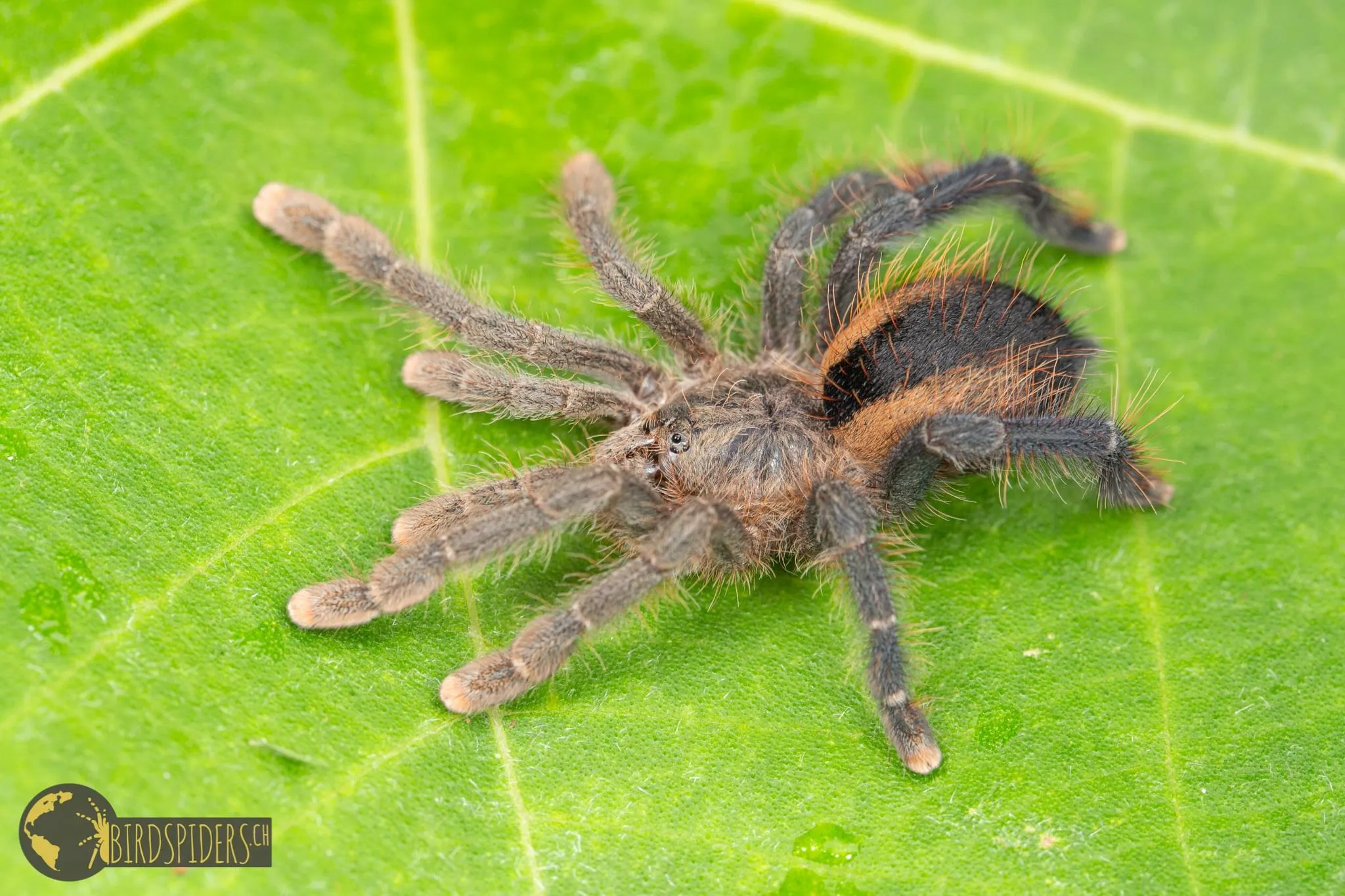
Handling a Pink Toe Tarantula should be done with caution and respect for the animal. Avoid handling the tarantula unless necessary. If you must handle it, do so in a controlled environment, such as close to the ground or over a soft surface, to minimize the risk of injury if the tarantula falls. Use a soft brush to gently encourage the tarantula to move onto your hand. Never grab or surprise the tarantula. Always be mindful of its posture and body language. If the tarantula appears agitated, it’s best to leave it alone and allow it to retreat. Keeping these techniques in mind will reduce the chances of bites.
Safe Enclosure Practices
Creating a safe enclosure is vital for tarantula care and bite prevention. The enclosure should be appropriately sized for the tarantula’s size. It must be escape-proof. Use a secure lid. Ensure proper ventilation. Provide appropriate substrate, such as coconut fiber or peat moss, to maintain humidity levels that are suitable for Pink Toe Tarantulas. Include hiding places, such as cork bark or artificial plants, to reduce stress and provide security. The enclosure should be cleaned regularly to maintain a healthy environment. A secure and comfortable habitat minimizes stress, which in turn minimizes the risk of a bite. Therefore, the right enclosure is critical for both the tarantula’s and the owner’s well-being.
Conclusion
In conclusion, the answer to the question “Can a pink toe tarantula kill you?” is a resounding no. Pink Toe Tarantulas are not deadly to humans. Their bite is not life-threatening. While a bite can be painful and cause localized symptoms, the risk to human life is minimal. By understanding their behavior, taking precautions, and providing a safe environment, you can enjoy the beauty and wonder of these fascinating creatures with peace of mind. Proper care, handling techniques, and an understanding of the risks involved ensure a safe and fulfilling experience for both the owner and the Pink Toe Tarantula.
